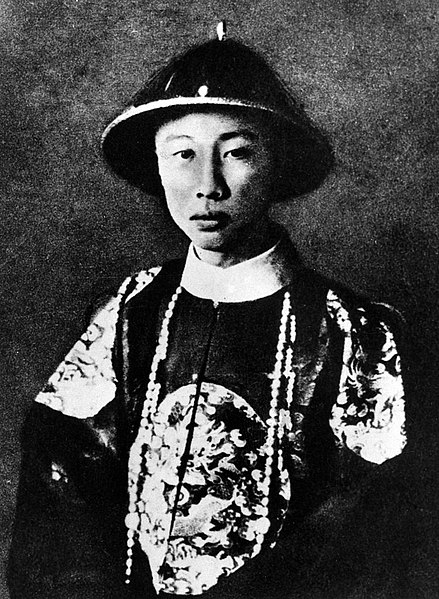The Sixteen Kingdoms, less commonly the Sixteen States, was a chaotic period in Chinese history from AD 304 to 439 when northern China fragmented into a series of short-lived dynastic states. The majority of these states were founded by the "Five Barbarians", non-Han peoples who had settled in northern and western China during the preceding centuries, and had launched a series of rebellions against the Western Jin dynasty in the early 4th century. However, several of the states were founded by the Han people, and all of the states—whether ruled by Xiongnu, Xianbei, Di, Jie, Qiang, Han, or others—took on Han-style dynastic names. The states frequently fought against both one another and the Eastern Jin dynasty, which succeeded the Western Jin in 317 and ruled southern China. The period ended with the unification of northern China in 439 by the Northern Wei, a dynasty established by the Xianbei Tuoba clan. This occurred 19 years after the Eastern Jin collapsed in 420, and was replaced by the Liu Song dynasty. Following the unification of the north by Northern Wei, the Northern and Southern dynasties era of Chinese history began.

Infantryman
Cavalry
Ruins of Tongwancheng, the capital of the Xia kingdom built in the early 5th century by Xiongnu chieftain Helian Bobo in modern-day Jingbian, in northern Shaanxi province, near the border with Inner Mongolia. Tongwancheng was captured by the Xianbei-led Northern Wei in 427.
Procession
For most of its history, China was organized into various dynastic states under the rule of hereditary monarchs. Beginning with the establishment of dynastic rule by Yu the Great c. 2070 BC, and ending with the abdication of the Xuantong Emperor in AD 1912, Chinese historiography came to organize itself around the succession of monarchical dynasties. Besides those established by the dominant Han ethnic group or its spiritual Huaxia predecessors, dynasties throughout Chinese history were also founded by non-Han peoples.
A depiction of Yu, the initiator of dynastic rule in China, by the Southern Song court painter Ma Lin.
A photograph of the Xuantong Emperor, widely considered to be the last legitimate monarch of China, taken in AD 1922.
Image: Han Guangwu Di
Image: Liu Bei Tang








